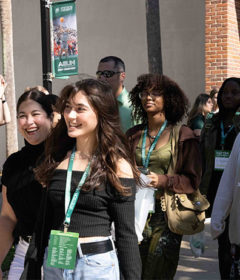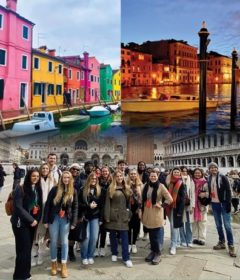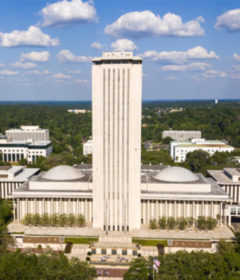Visible Body, Obvious Commitment
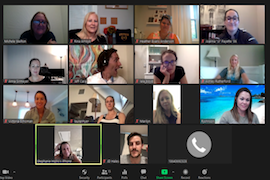

Associate professor Michele Skelton, PhD, holds a sort of unofficial legendary status among her former students. So, the organizers of the July 16 Zoom call — Skelton along with assistant professor Heather Evans-Anderson, PhD, and Rina Tovar Arroyo, assistant vice president of development for Parent and Alumni Engagement — were confident of success.
Eleven former students were on the call, and the goal was to reconnect, network and demonstrate a new technology the professors plan to use to enhance the online study of anatomy and physiology in virtual lab settings without cadavers. COVID-19 virtual learning inspired Skelton and Evans-Anderson to search for a tool that would benefit student learning as the department navigated the new reality this fall.
All 11 were impressed with the technology and enthusiastically agreed to assist. The general response: “I’m in. How much do you need?”
In addition, more funding arrived from other sources, including the business community. Adam True, rising senior in the School of Business Administration, matched the amount given by the Health Sciences alumni to meet the financial goal. Andy Pargh, The Gadget Guru, also gave a gift to honor Skelton, whom he admires from working with her on another Stetson project. All six members of the Health Science department faculty donated toward the cause — a sure indication of their dedication to promoting learning and providing a valuable education for students. And, to round it out, both faculty member’s parents donated to support the technology fund.
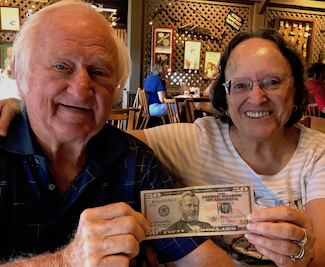
The dollars will enable each of the approximately 50 students in Evans-Anderson’s anatomy and physiology class to use Visible Body courseware, which has many educational features, including augmented reality functionality that allows users to project and manipulate a 3D anatomical model on any flat surface.
The covered per-student fee of $50 pays for the software for two years. Plus, students can download all five Visible Body apps and keep them for life.
According to Evans-Anderson, Visible Body is different from other software in that it allows students the ability to manipulate anatomical structures.
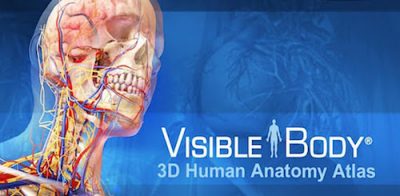
“Students can take [body] structures and pull away and put back, hide, fade,” she said. “They can do all kinds of things that they couldn’t [otherwise] do. … I think students really learn when they can move and examine it from all angles, and also manipulate the structures.
“The use of Visible body to support learning in my class is not just because we are going online; it’s really an expansion of our capabilities, even if we were able to be in lab at full scale. There is so much information in anatomy and physiology that students need the information in digestible bits in order to maximize learning … and Visible Body provides an engaging way for them to take in and parse out those bits to actively learn the material.”
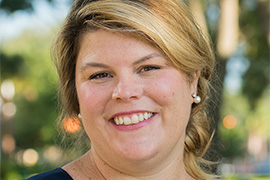
For months, Evans-Anderson and Skelton had been researching options that would supplement the software technology they currently use, Anatomy & Physiology Revealed, which remains valuable and now will be used in conjunction with Visible Body.
For Skelton, the Zoom call was both rewarding and emotional. Alumni told stories about her, catching her off-guard and ultimately bringing her to tears.
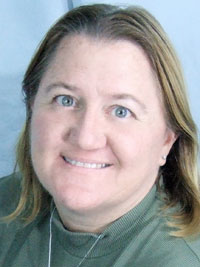
“They recalled stories about things that I naturally do as their mentor that made a big impact on their life. Apparently, there were times when they would be rethinking their career choices such as going to medical school. They would come into my office and we would have a chat. I would provide them guidance, advice and strategies that, apparently, served as a pep talk for them to continue on their path” Skelton said.
“I did not realize the collective impact that I had on these alums until I heard their stories on the Zoom call. I also did not think I would have the kind of impact on these alums that would motivate them to give back so generously to the students who are now sitting exactly where they were. … It was truly moving to see that happen; I can’t even put into words how grateful I am. I just have the best alums, and now colleagues, ever.”
One of those alumni is Rachel Friddle-Johnson ’04, who today is an innovator of orthotic and prosthetic technology as CEO and president of Friddle’s Orthopedic Appliances Inc. in South Carolina.
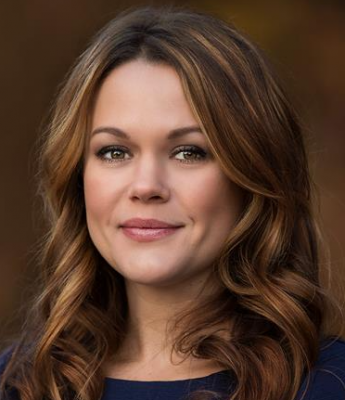
“I think everyone on the call was impressed and wowed by the software and it’s capabilities,” Friddle-Johnson said, noting that she felt an “instant connection” the first time she and Skelton met on a visit to campus as a high school senior. “If we can help students with access to this technology, we know without a doubt they will be getting an excellent education when combined with her teaching.”
Similarly, Skelton help to shape the medical world ahead for Stephanie Hollis ’94, MD.
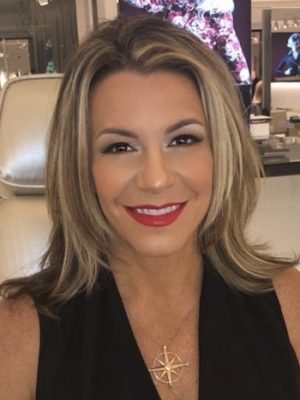
“Shortly after her arrival to campus, I discovered Dr. Skelton’s exercise science curriculum and was immediately drawn to her academic energy. As my academic mentor, she helped me discover my ultimate desire to become a physician,” described Hollis, an anesthesiologist and COO of Solar Stik Inc. in St. Augustine. “At the time, students who studied at Stetson rarely continued onto medical school, and being accepted without a ‘pre-med degree’ such as biology was unheard of. … The pivotal role her mentorship played in my career path is why I feel so strongly about supporting her current efforts and in doing so, supporting the goals and dreams of Stetson students in the future.”
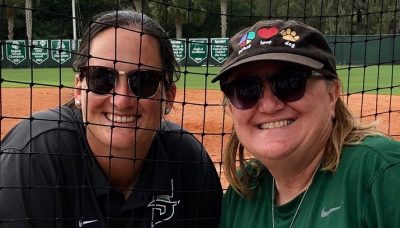
Added Joanna “JJ” Payette ’06: “While my journey was different — coaching softball at Stetson for 13 years with a Master of Science in Education from the University of Miami and now onto law school at Barry University — Dr. Skelton has enthusiastically supported me through it all. But that is Dr. Skelton, a champion of her students for always.”
Thanks to professors and alumni committed to the cause Stetson is pushing forward with a measure of certainty for students in pandemic times.
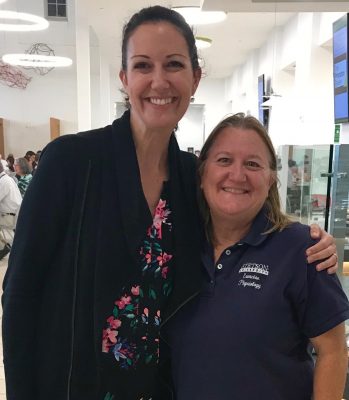
“While most schools are figuring out how to ‘do what they have always done’ virtually, Stetson is transforming the way they look at education,” commented Anna Sirmeyer ’03, now in business development. “That starts with the creativity of the faculty and those that support them. Stetson is about the student. This software is just one more example of how aggressive this department is about the experience a student will have and the way they are being equipped for a solid career in any industry. Energy and passion are contagious.”
-Michael Candelaria
Editor’s note: To support future technology needs of the Health Sciences program, you can donate to the Health Sciences Technology Fund here.

